I once heard of an actor just sitting on a chair. No movement, no expression: he did 'nothing'. The audience ended up thinking of him as a fantastic performer. They projected onto him whatever emotion and story they came up with, whatever felt right for the image in front of them. This is what we are: natural storytellers.
Some years ago, by accident, something similar happened to me and my dear friend Robert Rodgers. He's the artistic director of Scratch Theater, a longform storytelling improv team that we both play in. The group originated in San Francisco and has now been based in Berlin for over ten years.
During one show, we had a miscommunication with our light technician about a blackout (one that we expected but didn’t happen), so we just sat, not explaining anything to the audience. It lasted three whole minutes. We were just sitting on our chairs, with our improvised sci-fi-virtual-reality-glasses on our heads, gazing into cyberspace, not talking at all.
The audience went from observing silence, to laughing, to confusion, and then to clapping and cheering.
Some people came up to us years later, saying they remember this show. And all we actually did was close to “nothing”, or in hindsight, letting the audience project their stories onto us.
It's something that I like to tell my students: “Dare to be boring”. Of course no student ever is actually boring, quite the opposite: They are so watchable! But I’ve understood that’s what it can feel like when you try 'nothing' out for the first time. A scene where you (almost) don’t talk and let tension build up naturally – it can be very scary indeed.
One of my favorite exercises for this is to put two improvisers in a scene: they can talk, but before improviser B verbally reacts to improviser A, at least three to four seconds have to pass. In that time, you let sink in whatever the improviser just said to you. So you don’t 'freeze', but actually process. A good way to do it is to repeat the other players sentence/sound in your head, or just do a long in- and exhale. The whole scene will continue like this.
After, I ask the observing students for feedback. Where there any moments you guys felt bored watching the scene. No one has ever said “yes”. They are usually quite spellbound by what their fellow players have created in that scene, relying more on nonverbal acting skills and building the relationship as well as tension on a deeper level. Moreover, for the players in the scene it’s good to hear that their fear did not come true at all.
Of course a round longform show should contain a variety of tone changes, with fast and light energy just as much as the emotional, less verbal parts. But don't be afraid to switch it up. The audience will be on your side and care even more for a character that can show a variety of different sides to themselves.

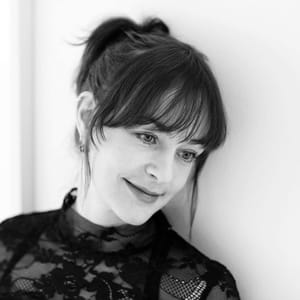
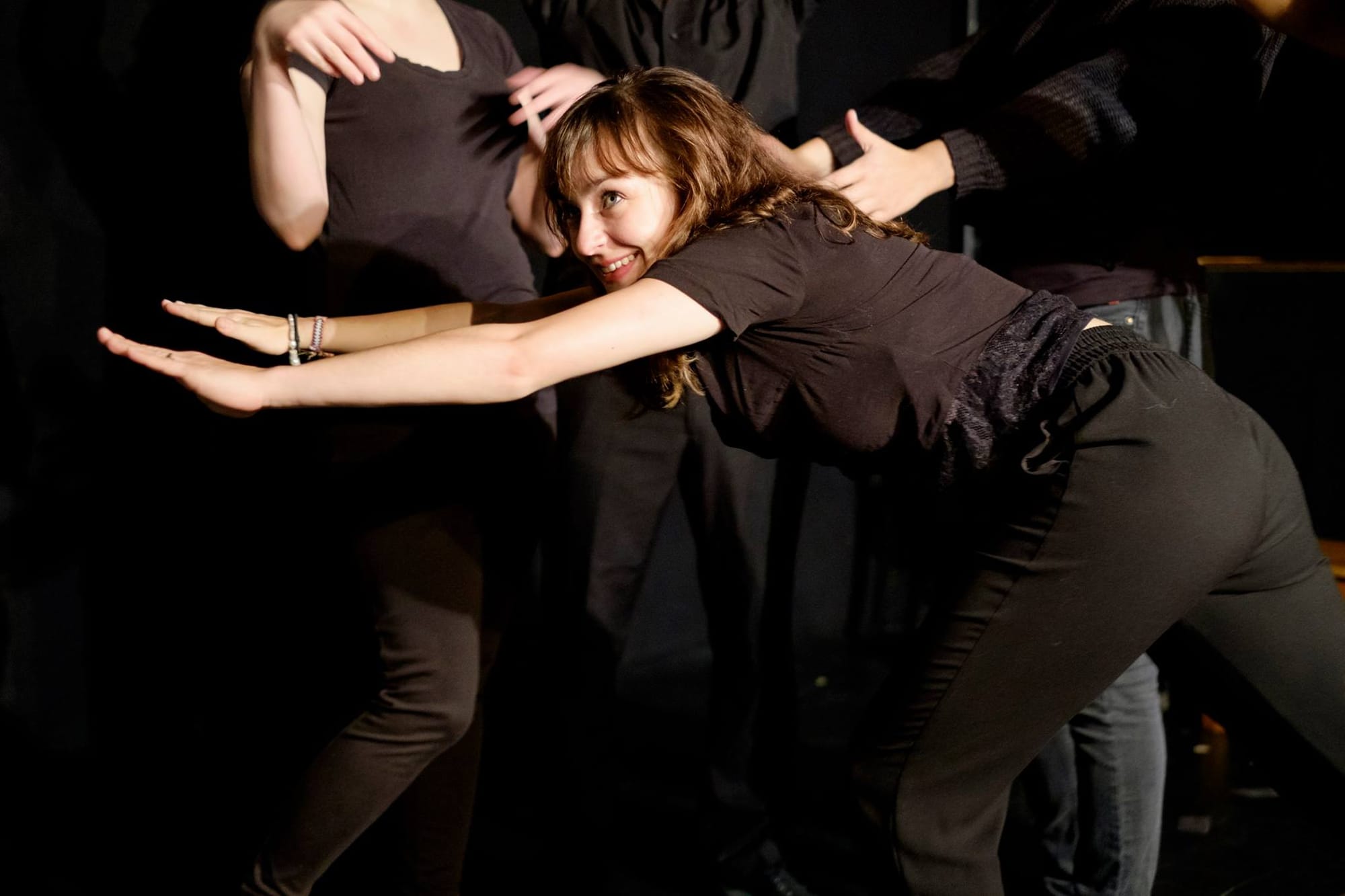
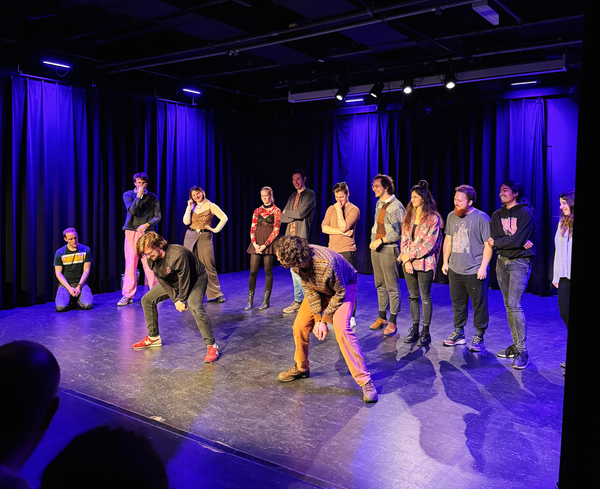
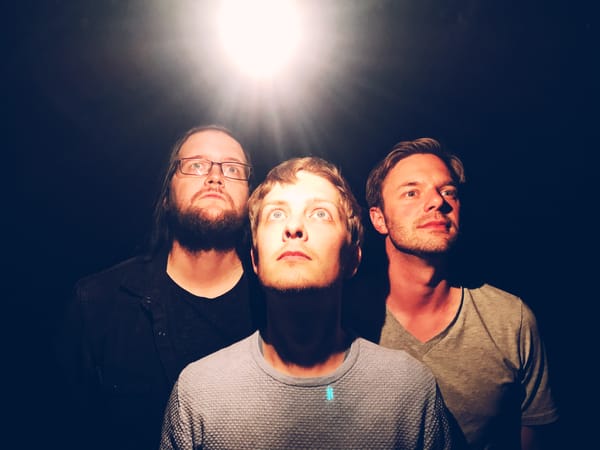
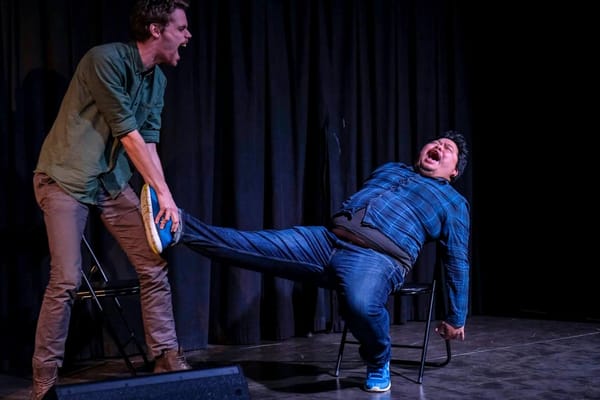

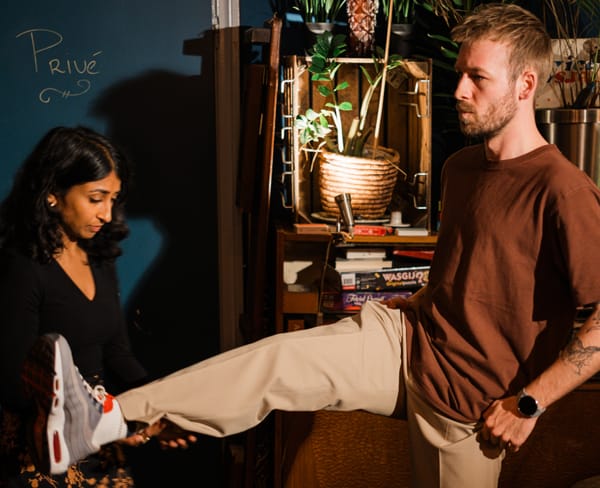
Member discussion